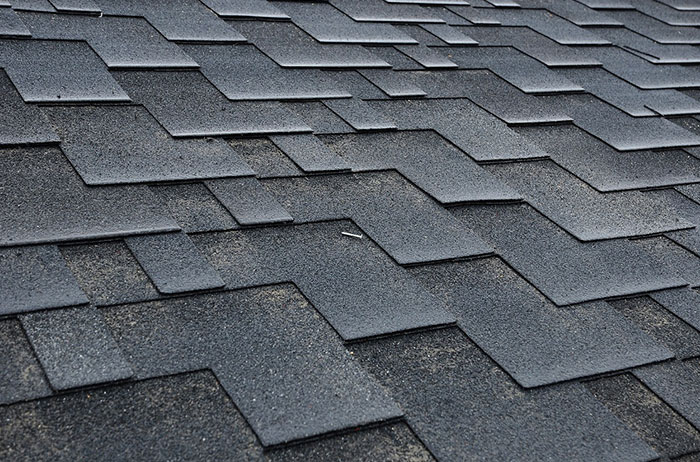Owning your own home is a satisfying accomplishment. You have your very own indoor and outdoor living space! Nonetheless, along with home ownership comes the responsibilities of maintaining your property. And then there’s the roof, with its layers of material above your head you forgot about until the gutters began gushing water all over the walkways because they became clogged with leaves. Uh-oh.
Ideally, you want your roof to be durable under all weather conditions, leak-free, and it’s great to have an attractive roof that matches the rest of the home exterior.
Before climbing up a ladder on your first roofing project, prepare yourself with a basic roofing guideline.
Roof Inspection:
- Check for leaks in the attic space, if there is one, and for interior ceiling and wall water stains (signs of a leak).
- Check for damaged fascia and gutters.
- Monitor for minor repairs like peeling paint and missing or curling shingles (signs they need to be replaced or there may be a leak).
- Inspect for moss growth—moss needs to be removed as soon as possible as it leads to mold and mildew.
- If heating and cooling costs have become extreme, it could be a sign the roof needs replacement, repairs, or the roof requires a new ventilation system.
- If there is a chance of hazardous materials, hire a professional inspector.
Equip yourself with the right tools:
- Ladder
- Hammer and nails
- Roofer shovel
- Shingle ripping bar
- Utility knife
- Tool pouch
- Chalk-line
- Tarp to catch debris
- Magnetic tools to pick up nails from lawn
- Roof caulking
- Leak repair kit
Safety Tips:
- Leave steep or high roof work to a professional roofing contractor.
- Purchase a fall protection kit from the hardware store (harness, hook, and rope).
- Wear appropriate work boots with traction and a hard hat.
- Warn people below before tossing down debris.
- Ensure you have a ladder that can hold enough weight.
- Never step on a ladder rung above the roofline.
- Install scaffolding for extra safety.
- Never work on a roof top without someone knowing you are up there or have someone check on you periodically.
A typical modern roof is composed of wood framing, sheathing underlayment, flashing (galvanized steel, aluminum, or vinyl), gutters, and shingles or other finished material. However, traditional shingle material is now composed of fiberglass. Metal roofing has also become popular, particularly where moss growth is an issue. Shoreline Roofing provides fiberglass shingles, torch-on and metal roofing, cedar shakes, and conversions. But if you want to do it yourself, read on for basic roofing steps.
Roof Replacement:
- Clear the roof top of debris, such as leaves and branches. Cover shrubbery and plantings below. Clean out gutters.
- Remove existing shingles; place on tarps for disposal. Remove damaged flashing and drip edges.
- Proceed with minor repairs or replace rotten wood with new plywood sheathing or boards.
- Install ice dam protection if required in your area since it prevents melting ice from backing up under shingles and causing leaks.
- Lay asphalt roofing paper over sheathing. Tack or staple into place.
- Apply metal drip edging around roof edges with nails over roofing paper or ice guard.
- Nail new flashing as required where two roof planes meet. Seal with roofing caulk.
- Apply shingles beginning at eaves and working up toward the roof peak. Further, install shingles where roof vents are to be installed.
- Flashing can be installed as shingles are placed, around areas where leaks may occur, around skylights, chimney, stack vents, and so on.
- Install new ventilation along roof peak for improved air circulation.
- Finish with site clean-up; haul debris to appropriate landfill.
- Have your new roof inspected.
Installing a new roof is tough, physical work. If you don’t feel confident to work up high, hire a roofing contractor. The certified team at Shoreline Roofing & Exteriors have the expertise and knowledge to get the job done right.



